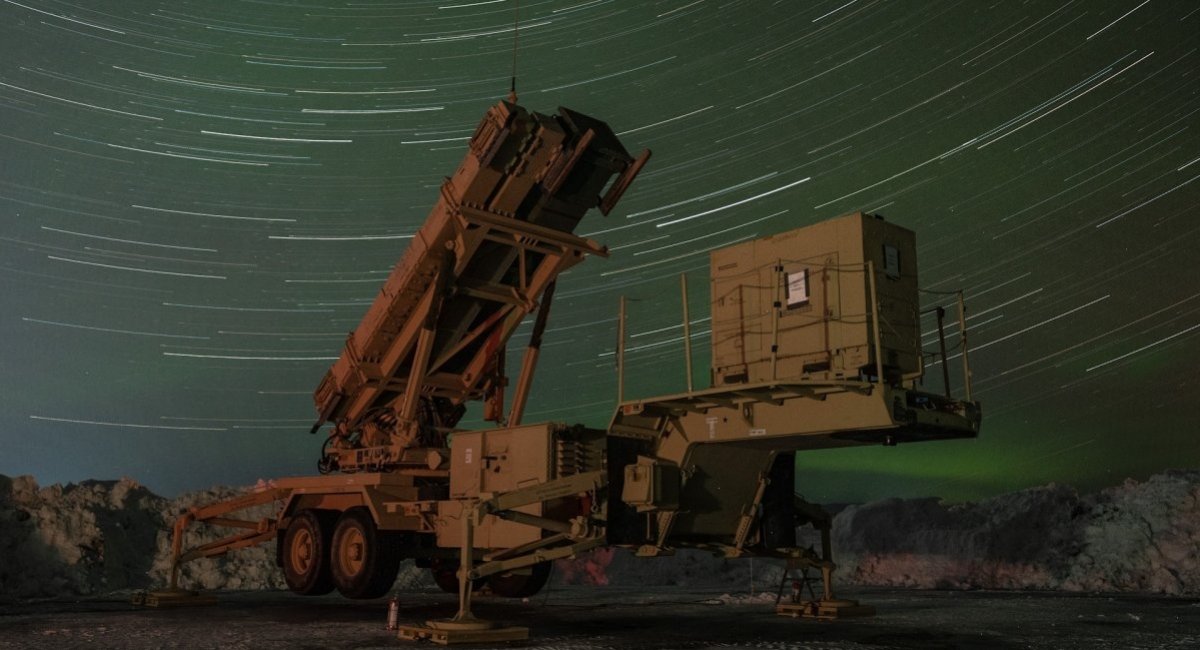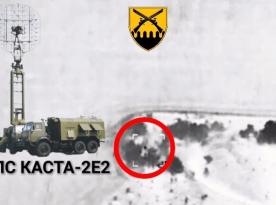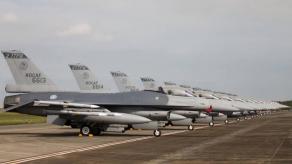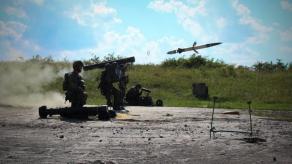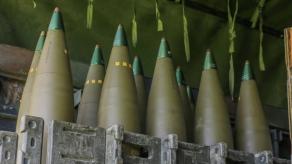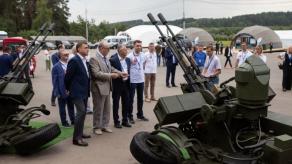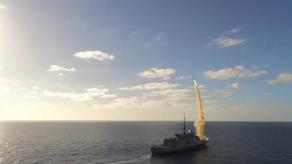Ensuring an adequate supply of missiles to Patriot air defense systems has grown more of a challenge than securing the fire units themselves. That is especially clear after hearing some of the statistics on Ukraine military aid publicly announced by its allies.
Before another meeting of the Ukraine Defense Contact Group (aka the Ramstein format) started in Brussels on 11 April, German Defense Minister Boris Pistorius stated that Ukraine would be given 30 Patriot missiles from Bundeswehr reserves. This donation was announced in line with other achievements like the promise to send four more IRIS-T air defense batteries alongside 300 missiles, also 300 aerial reconnaissance drones, 25 Marder infantry fighting vehicles, 15 Leopard tanks, 14 self-propelled guns, and 100,000 artillery shells.
Read more: Patriot Production in Ukraine: Is It Possible?

To clarify what 30 Patriot missiles means: if we are talking GEM-T missiles for intercepting non-ballistic threats, this many is enough for an almost full salvo by one battery of eight launchers; or two launchers, if it's about more compact CRI or MSE anti-ballistic interceptors. At a standard consumption of two missiles per threat, a batch of 30 would save from 15 enemy strikes.
It is also necessary to take into account that Germany does not manufacture Patriot missiles. The GEM-T assembly lines in Munich, laid down by the COMLOG joint venture between MBDA Deutschland and Raytheon, will only launch in September 2026. For now, the only way to replenish the reserves is by purchasing new missiles from the United States, the bottleneck fully dependent on the production rates: 240 GEM-Ts per year from Raytheon, and 500 MSEs in 2024 — aiming to reach 600 by 2025 — from Lockheed Martin.
If another war or any prolonged military operation were to break out at the same time, active use of Patriot missiles would exacerbate the already critical global shortage of ammunition. This would be a huge threat to all European countries because the American Patriot is the main and sometimes the sole means of air and missile defense in Germany, the Netherlands, Sweden, Romania, Poland, Greece, Spain, and Ukraine. That is not to mention about a dozen other operators around the world.
That said, simply racking up the production volumes may well not be enough. After all, the very concept of countering ballistic threats by shooting them down has long been criticized because this is essentially a fight against the arrow, not the archer.

The fallacy of this approach is observed not only in Ukraine, where the tactic could be explained by partners refusing to provide intelligence on strategic aircraft inside russia and weapons to fight them. The NATO operation in the Red Sea to protect shipping from attacks by Yemeni Houthis encountered a similar problem.
Thus, besides increasing the production output, the allies need to put in as much effort to hinder the enemy's manufacturing of ballistic missiles. In particular, by destroying stockpiles on the ground and launch systems.
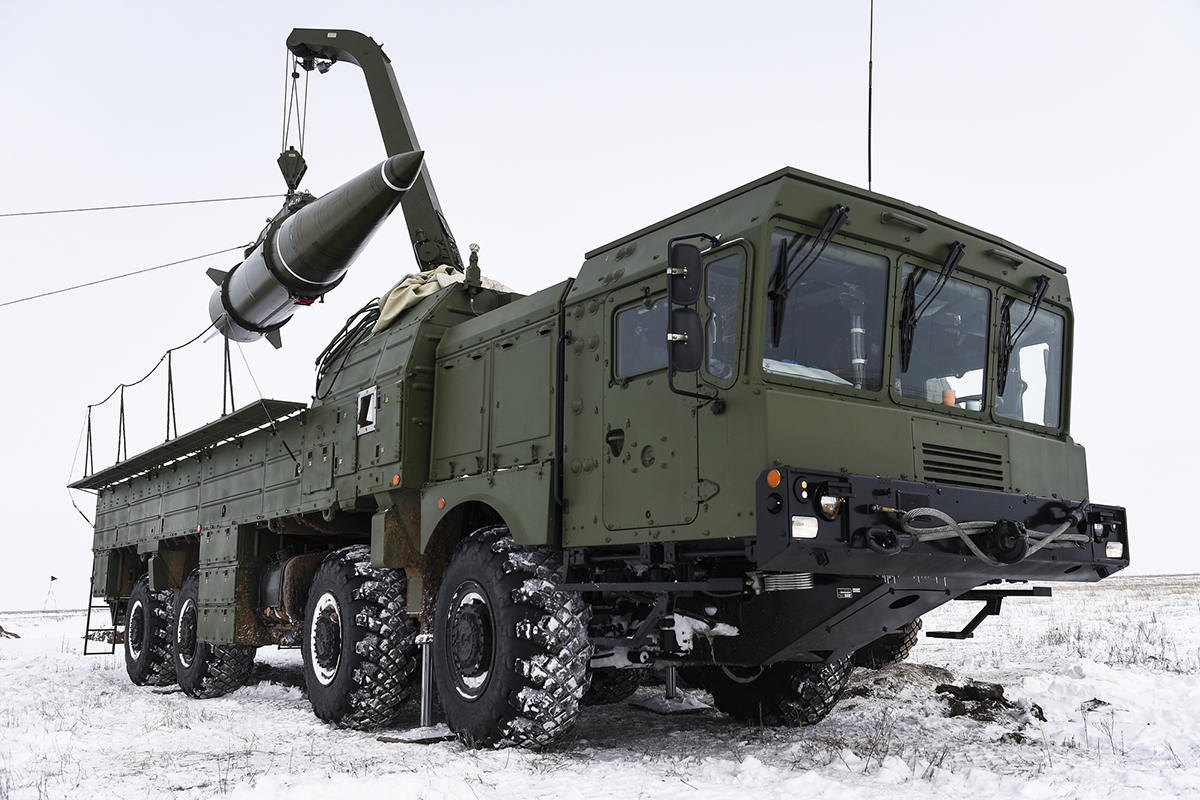
In Ukraine's case, such a strategy will indeed require a different approach to cooperation with partners, convincing them to provide the tools and opportunities to deliver long-range strikes on the carriers, effectively reducing the need for air defense missiles.
About how it works in practice, read our article on why russian S-400s in late 2023 were able to launch ballistic strikes while being within the reach of Ukrainian weapons, and how the U.S. was letting them stay unpunished:
Read more: "About russian S-400 Launching Missiles on Kyiv While Being 45 km From Border"or when the U.S. finally admits it's cheaper to destroy missiles than catch them
Secondly, the need for anti-ballistic protection still won't go anywhere, remaining as an insurance. So it makes sense to look for options to integrate other effectors into the Patriot missile arsenal. This will require pushing through the opposition by the United States, because Lockheed Martin and Raytheon probably won't like the idea of losing their monopoly as manufacturers of Patriot ammunition.
Although actually achieving it seems utopian, it is not entirely impossible, as Raytheon (part of RTX) has already hinted that it considers the Israeli Stunner interceptor, employed in David's Sling, as the main effector for the next Patriot generation, the PAAC-4. The reason to integrate a foreign missile was its better capabilities than those of Lockheed Martin's MSE, while the price is many times lower.
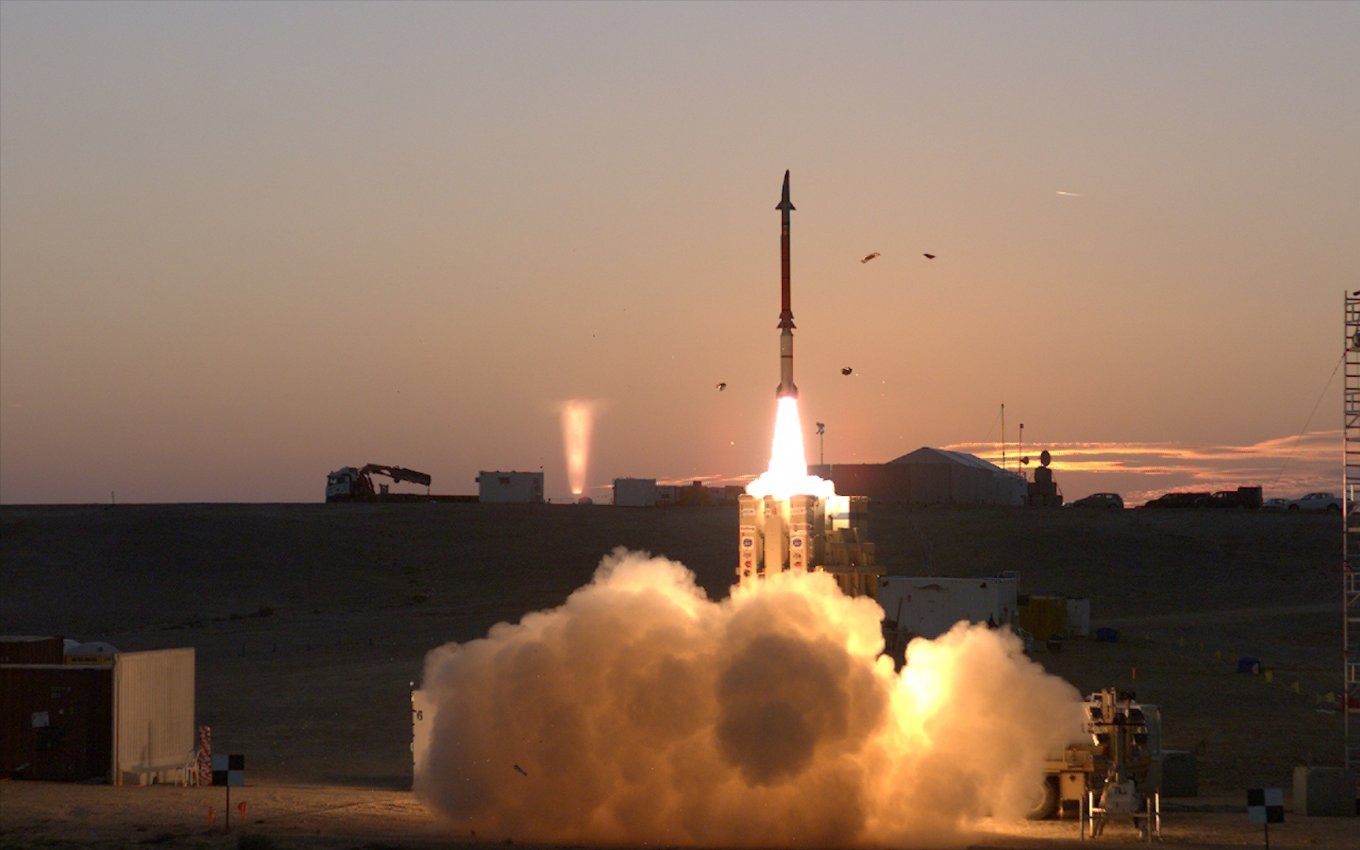
The main problem for European Patriot operators is that MDBA or other local manufacturers would not have a ready-made missile with anti-ballistic capabilities in mass production to offer as an alternative. Aster from the SAMP/T system will only become a proper candidate in the upgraded NG version, and it won't scale up quickly, as the production cycle, even though promised to be reduced to 28 months per missile, is far too underwhelming.
Therefore, it remains only to cautiously assess whether it is technically possible to train such missiles as IRIS-T, MICA, ASRAAM, and Meteor to intercept ballistic threats. Ukraine, by the way, is already calling on European partners to start weighing the options.
Read more: France Offers Rafale and SAMP/T Instead of F-35 and Patriot — But Can It Compete on Production Speed?



